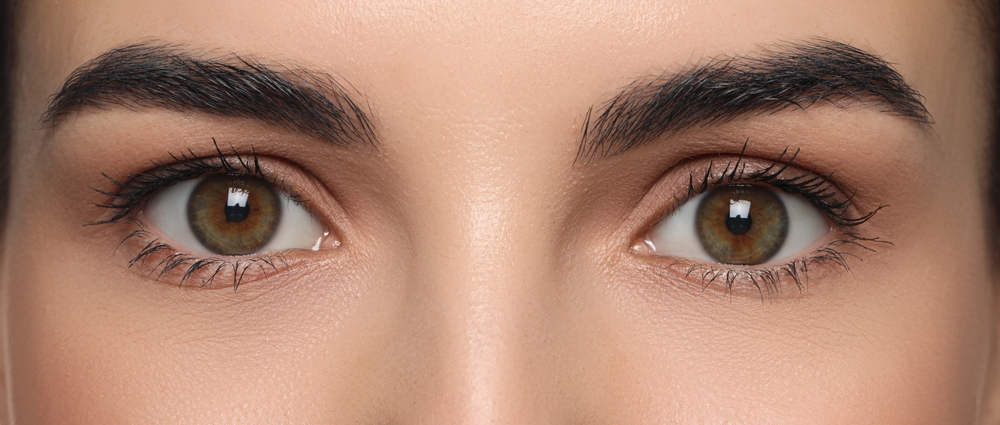
Can Myopia Be Fully Reversed? Exploring Treatment Options and Management Strategies
Blog:Can Myopia Be Fully Reversed? Exploring Treatment Options and Management Strategies

Can Myopia Be Fully Reversed? Exploring Treatment Options and Management Strategies
Myopia, or nearsightedness, is a common vision condition where distant objects appear blurry while close-up vision remains clear. It typically develops in childhood and can progress over time. With the rise in screen time and reduced outdoor activities, myopia has become even more prevalent. Many individuals wonder: Can myopia be fully reversed? While there is no cure that completely restores natural vision, there are effective treatments to slow its progression and manage its impact.
Understanding Myopia Progression
Myopia occurs when the eyeball grows too long or the cornea is too curved, causing light to focus in front of the retina instead of directly on it. This structural change cannot be reversed, but various treatment options can help control its advancement and improve visual function.
MiSight Contact Lenses
MiSight 1 day contact lenses are FDA-approved daily disposable lenses designed specifically for myopia control in children. These lenses have been shown to slow myopia progression by altering how light enters the eye, reducing the stimulus for excessive eye growth. Studies indicate that MiSight lenses can significantly slow myopia progression when used consistently.
Regular Eye Exams
Routine eye exams play a crucial role in monitoring myopia progression. An optometrist can assess changes in prescription, recommend appropriate myopia management strategies, and ensure that any vision correction is optimized for long-term eye health. Children, in particular, should have annual comprehensive eye exams to detect myopia early and begin treatment as soon as possible.
Increased Outdoor Time
Spending more time outdoors has been shown to reduce the risk of myopia development and slow its progression. Natural light exposure and activities that engage distance vision help regulate eye growth. Experts recommend that children spend at least 90 minutes outside each day to support healthy visual development.
Limiting Screen Time and Near Work
Excessive screen time and prolonged near work, such as reading or using digital devices, can contribute to myopia progression. Encouraging regular breaks using the 20-20-20 rule—looking 20 feet away for 20 seconds every 20 minutes—can help reduce eye strain. Additionally, promoting a balance between screen time and outdoor activities can support overall eye health.
Schedule Your Child’s Eye Exam Today
While myopia cannot be fully reversed, effective treatment options and lifestyle adjustments can slow its progression and protect long-term vision. MiSight contact lenses, regular eye exams, increased outdoor time, and mindful screen use all play an essential role in managing myopia. Early intervention is key to preserving eye health and reducing the risk of high myopia and associated complications.
If your child has myopia, schedule an eye exam with Texas State Optical to explore the best options for managing myopia and safeguarding vision for the future. Visit our office in Austin, Texas, or call (512) 452-5735 to book an appointment today.


